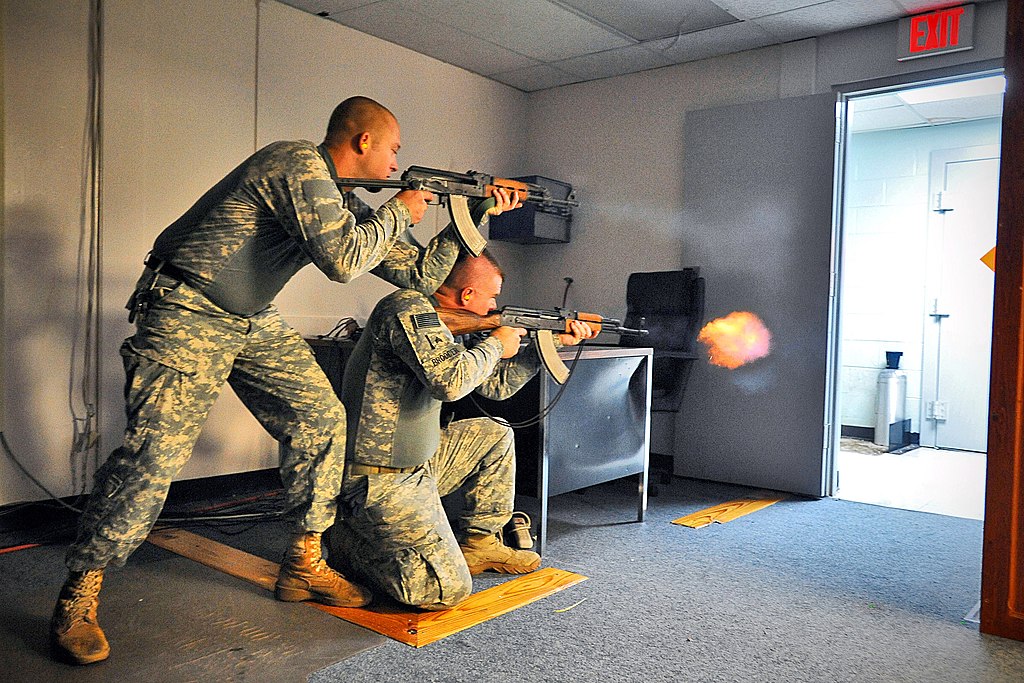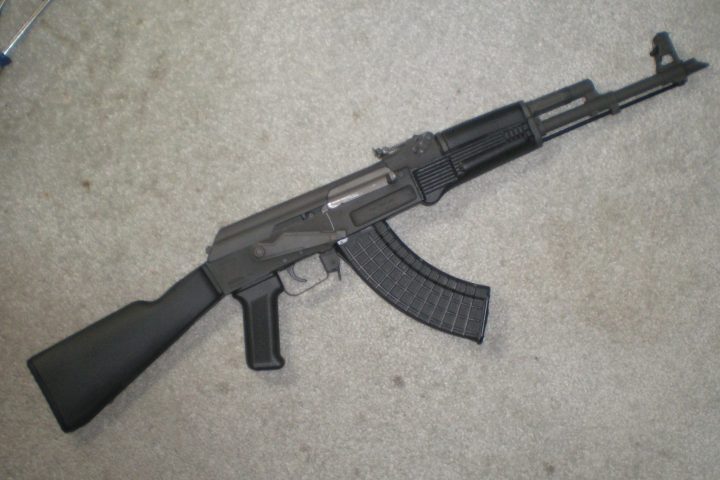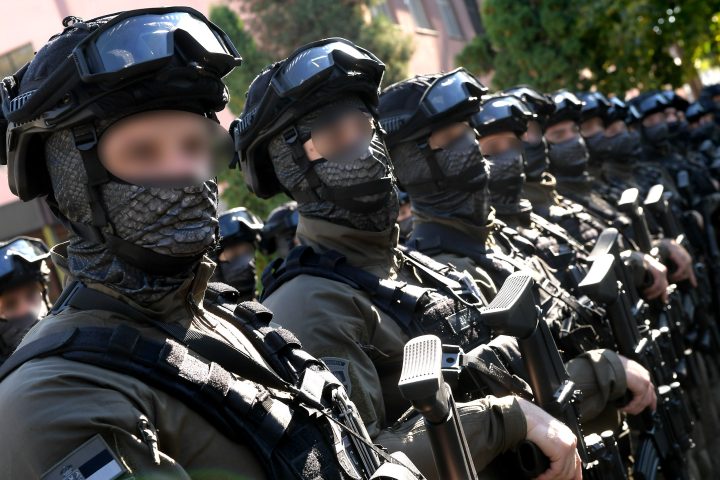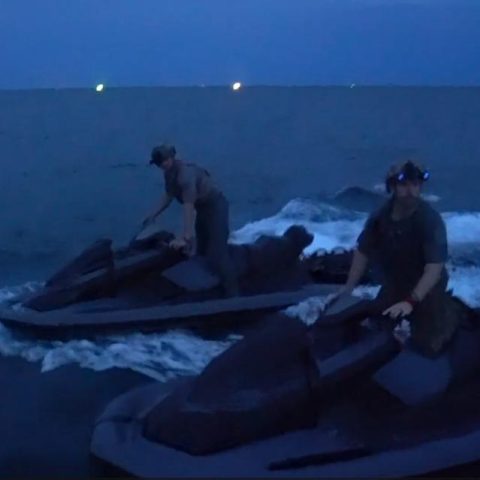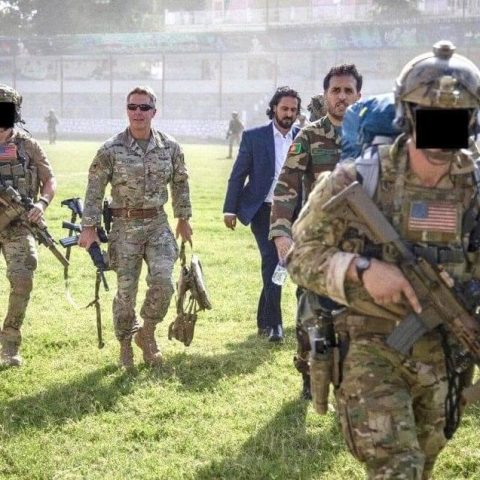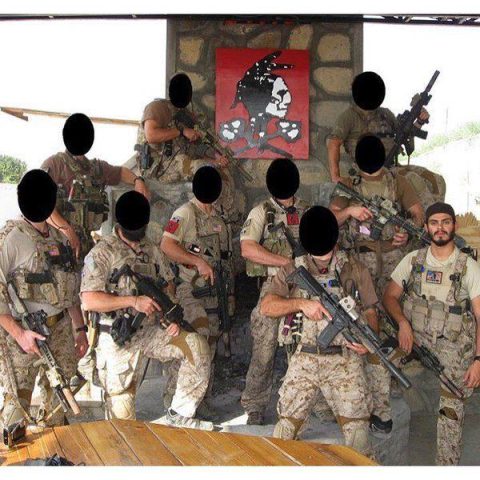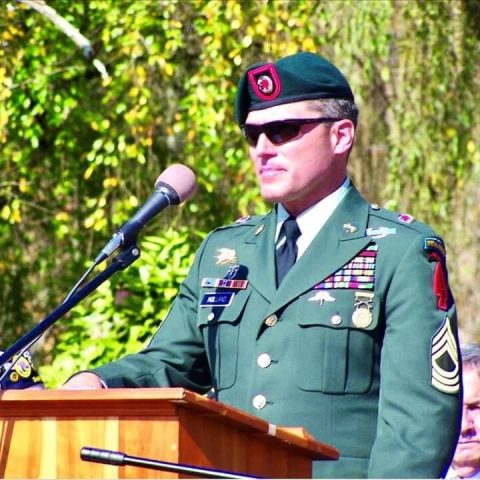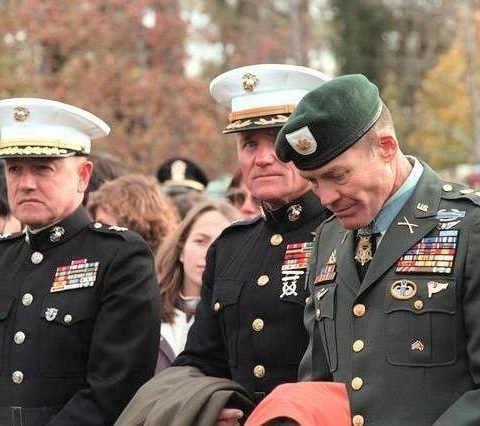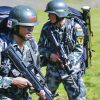The Zastava M70 is a semi-automatic rifle based on the Kalashnikov design and is chambered for the 7.62x39mm round. It was developed and produced by the Yugoslavian (now Serbian) arms manufacturer Zastava Arms. It was widely used by the Yugoslavian military and police forces and later by all other former Yugoslav republics.
Introduction
The Zastava M70 and the AK-47 are semi-automatic rifles based on the Kalashnikov design. However, there are some key differences between the two weapons.
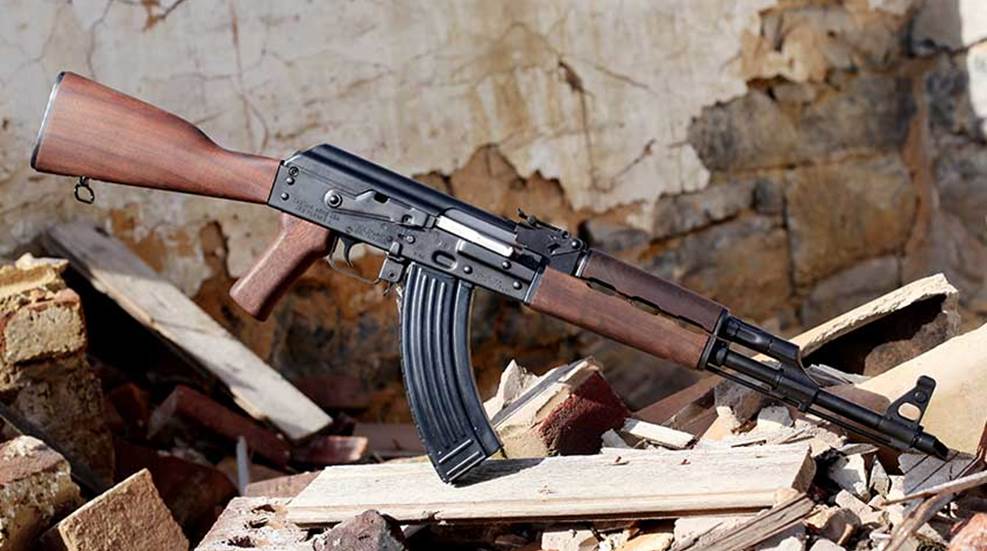
This rifle was an unlicensed derivative of the Soviet AK-47, based explicitly on the Type 3 variant. The designation M70 is related to the year when this weapon entered service. It was 1970 when the Yugoslav People’s Army introduced Zastava M70 as a new infantry weapon. It succeeded the former primary infantry weapon, the Zastava M59/66.
Design
They are gas-operated weapons, provided with single and automatic fire. It means that it fires one bullet each time the trigger is pulled. It uses a gas-operated system, in which some of the gases from the fired round are diverted through a tube and used to push a piston, which in turn unlocks the bolt and allows it to move backward, ejecting the spent cartridge and loading a new round from the magazine into the chamber. This process is repeated each time the trigger is pulled until the magazine is empty.
Most versions of the M70 rifle feature iron sights, which are used to aim the weapon. These sights consist of a front post and a rear notch and are typically adjustable to allow the shooter to compensate for bullet drop and windage at different ranges. Some variants of the M70 may also have the option of attaching a scope or other optical sight for improved accuracy at longer ranges.
Additional equipment
Bayonet
The combat knife is fitted to the rifle and used as a bayonet. In combination with the sheath, it is used as scissors to cut wire obstacles, cables, and the like. The toothed part of the blade can be used as a cutting saw.
The handle and sheath are insulated. The knife may be fitted to the Zastava M70 and any version utilizing the cartridge 7.62x39mm and the rifle based on the cartridge 7.62×51 mm (NATO), rifles based on cartridge 5.56 mm and also on an M76 semi-automatic sniper rifle.
The specific type of bayonet that can be used with the M70 will depend on the particular variant of the rifle. Some standard bayonets used with the M70 include the Yugoslavian M59/66 bayonet and the Soviet AKM bayonet.
Rifle grenades
Some versions of the M70 rifle may be equipped with a grenade launcher sight, a type of optical sight specifically designed for use with rifle grenades. This type of sight typically consists of a set of crosshairs or other aiming reticles used to aim the rifle grenade accurately. The sight markings on the left side of the ladder sight are graduated for high-explosive or anti-personnel rounds. In contrast, those on the right are graduated for targeting armored vehicles and other challenging targets.
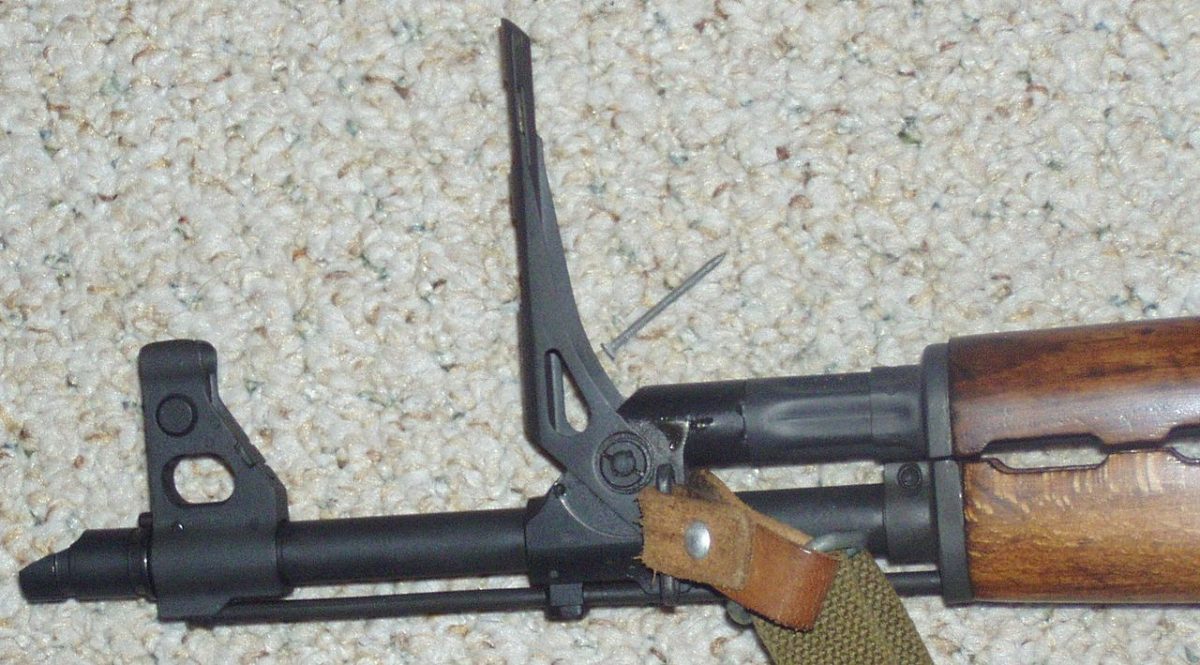
Before firing a rifle grenade, the sight is raised and locked in the vertical position, which closes off the gas port in the barrel and prevents the M70’s action from being cycled while a grenade is being launched. The M70 was designed to fire the M60 rifle grenade with either a high-explosive or shaped charge warhead.
Variants
Some of the most common variants of the Zastava M70 include the M70B1, M70AB2, M70AB3, and M70B3. The primary differences between these variants lie in the type of stock, handguard, and other features, such as the presence or absence of a folding bayonet.
- M70 – milled receiver, fixed stock M70A – milled receiver, under folding stock
- M70A1 – milled receiver, under folding stock, mount for a night or optical sights
- M70B1 – stamped receiver, fixed stock
- M70AB2 – stamped receiver, under folding stock
- M70B1N – stamped receiver, fixed stock, mount for a night or optical sights
- M70AB2N – stamped receiver, under folding stock, mount for a night or optical sights
- M70AB3 – stamped receiver, under folding stock, rifle grenade sight removed and replaced with a BGP 40 mm underslung grenade launcher
- M70B3 – stamped receiver, fixed stock, rifle grenade sight removed and replaced with a BGP 40 mm underslung grenade launcher
- M92 – carbine, the shorter variant of the
- M70AB2 PAP M70 – semi-automatic variant intended for the civilian market Tabuk – Iraqi copy. The bore and chamber are not chrome plated.
- Tabuk Carbine – Iraqi carbine variant with under-folding stock
- Tabuk Sniper Rifle – Iraqi long barrel stamped receiver and fixed stock variant
Users
As mentioned, the rifle was widely used in Yugoslavia and all former Yugoslav republics. It has also been exported to other countries, so it is likely that it has been used by their armed forces as well. It is possible that the Zastava M80 has also been used by non-state actors, such as militant groups, but I don’t have any specific information on this.
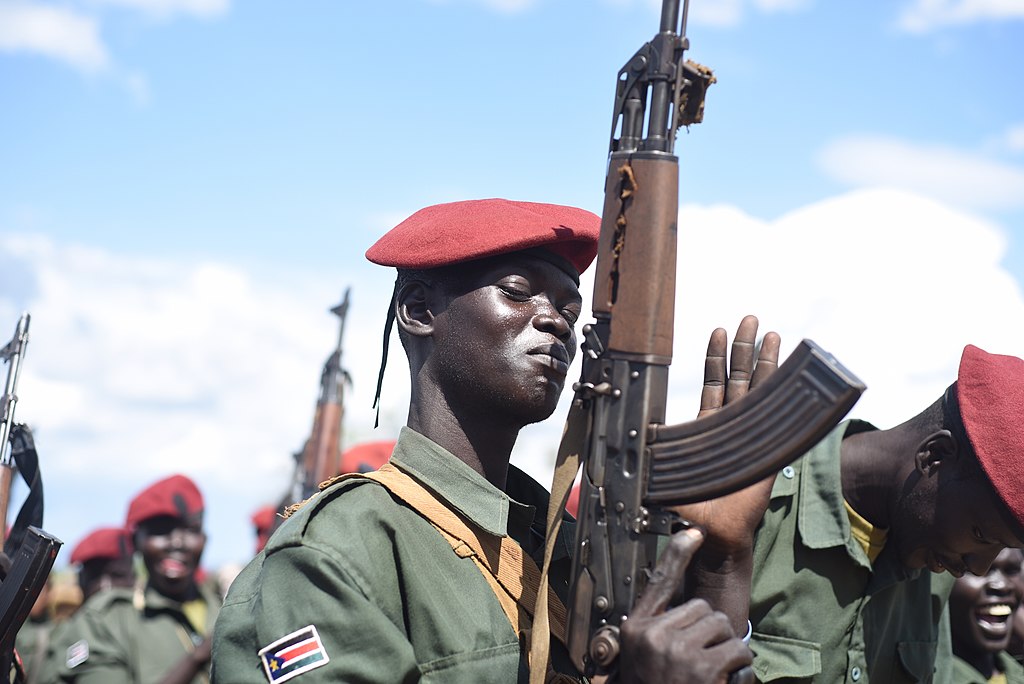
Manufacturer
As I mentioned above, this rifle’s manufacturer is Zastava Arms. It is a Serbian arms manufacturer that was founded in 1853. It is based in Kragujevac, Serbia, and is known for producing a wide range of firearms, including pistols, rifles, and machine guns.
Some of the company’s most well-known products include the Zastava M70 series of rifles, which are based on the Soviet AK-47 design, and the Zastava M21 rifle, which is a modernized version of the M70. Zastava Arms has a long history of producing weapons for the Serbian military and police and also exports its products to other countries.
Technical specifications
| Place of origin: | Yugoslavia |
| Manufacturer: | Zastava Arms, Yugoslavia, now Serbia |
| Designed: | 1962-1968 |
| Service: | 1970–present |
| Type: | gas-operated, rotating bolt |
| Caliber: | 7.62×39mm |
| Length: | 940 mm (37 in) |
| Barrel: | 415 mm (16.3 in) |
| Weight (empty): | 3.70 kg (8.2 lb) |
| Effective firing range: | 410 m (450 yds) |
| Rate of fire: | 620 rounds per minute |
| Magazine capacity: | 20-round, 30-round detachable box magazine. There are also 40-round and 75-round drum magazines available. |
| Sights: | Iron sights |


